
Ian Ellingham + Corinivm-Peregrini Media
Colour Photos for Understanding Ugly Book
Colour Photographs for book 'Understanding Ugly'
In Progress... photos being added
Some of these images have been modified for clarity or so they can be used experimentally.
Introduction: Architecture - An art and a science?
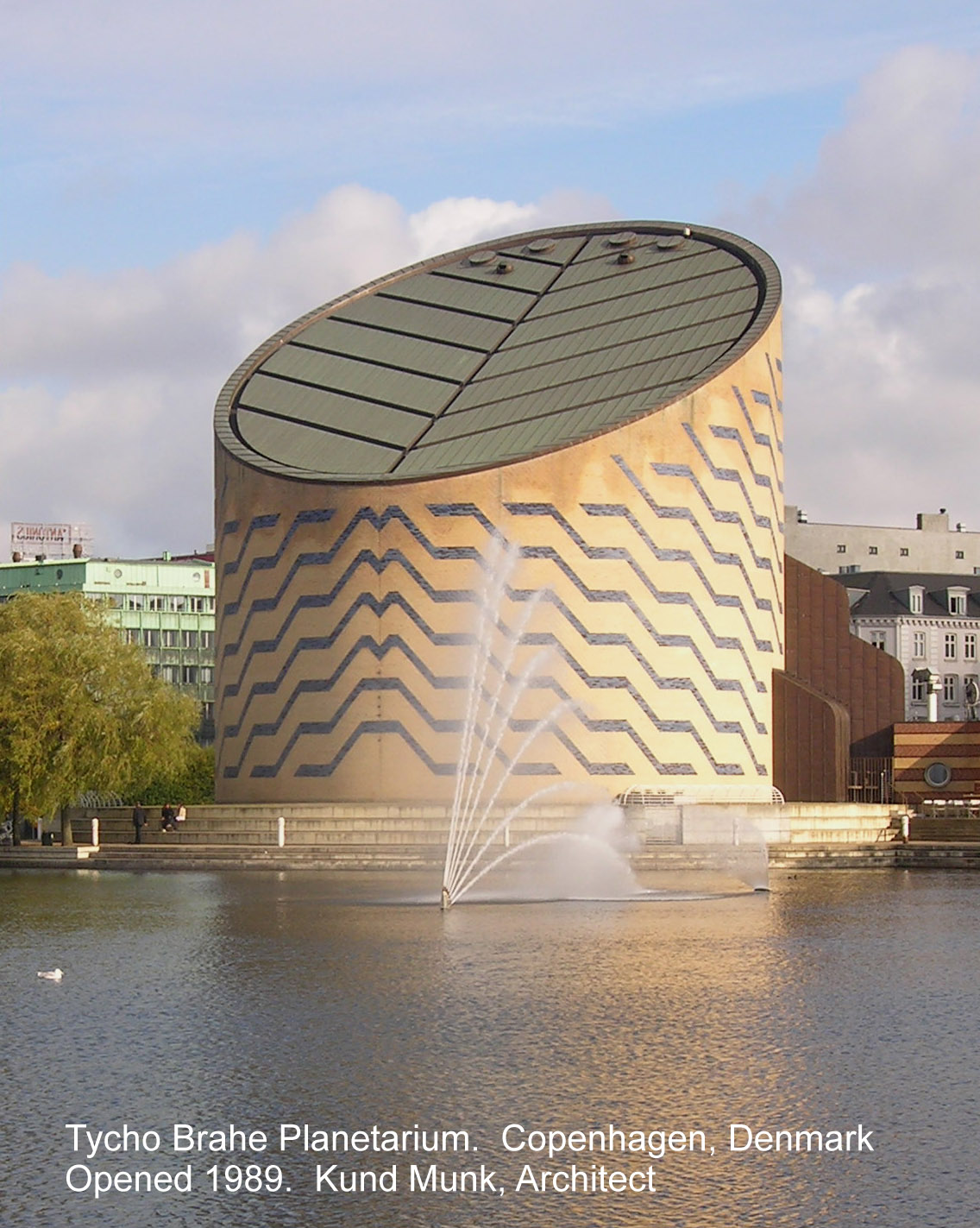
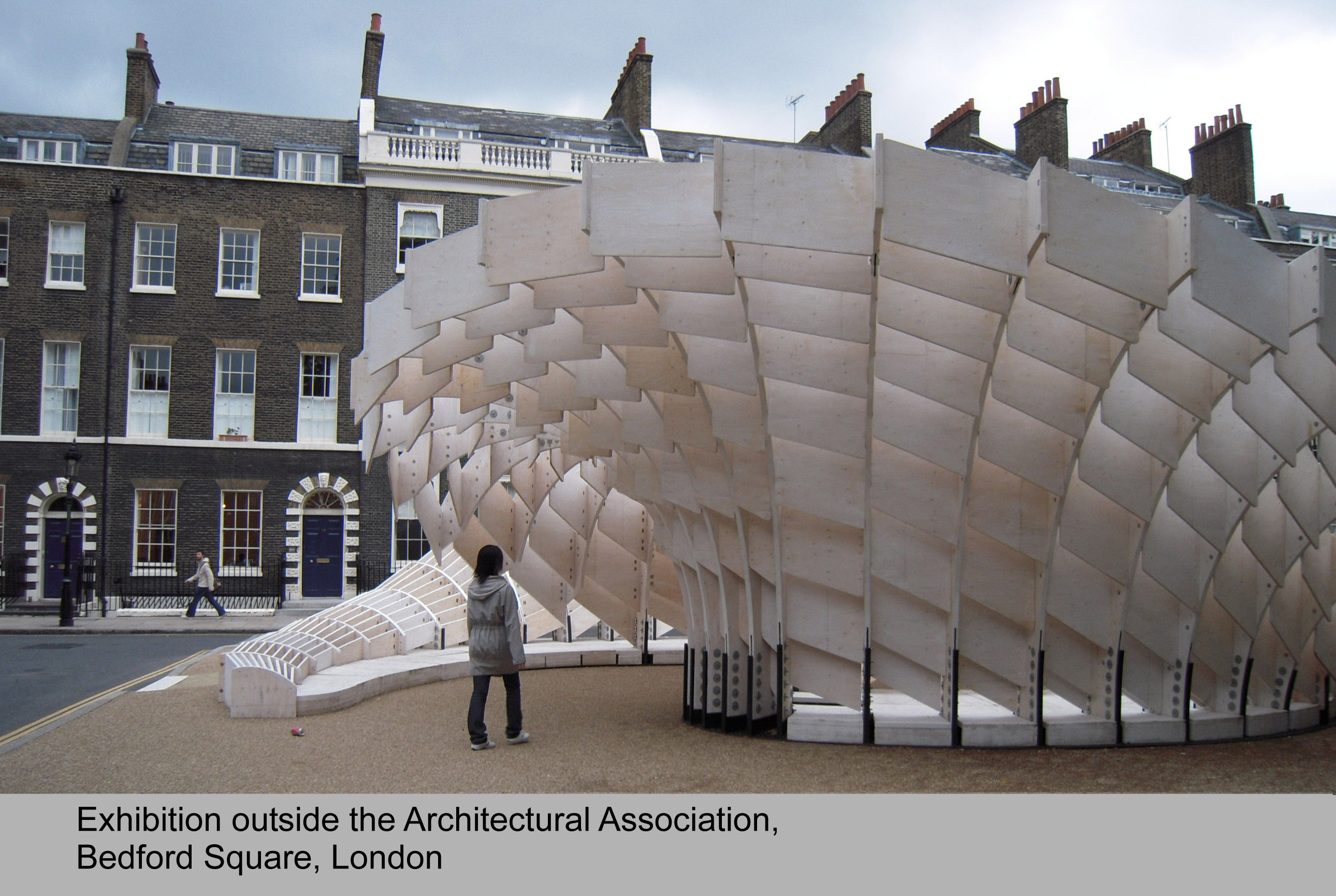
Tycho Brahe Planetarium, Copenhagen Jerwood Library at Trinity Hall, Cambridge Architectural Association, London
Chapter 1: Quandaries
Auditorium Building, Chicago Wren Library at Trinity College, Cambridge Lobby, Auditorium Building, Chicago

Suomi-Koti, Toronto, Canada Conference Building, Alexandria Library, Egypt
Chapter 2: Why the concerns? Why now?
Pantheon, Rome.
Chapter 3: What are the questions?
Colaneri Estates Winery, Niagara-on-the-Lake, Canada Poundbury, Dorset, UK
Chapter 4: The Historical Background of Building Appearance
Primitive hut in a suburban garden Hannelore Headley's Bookstore
Are these 'architecture'?
Interesting things found in 'amusement' locations Temple of Portunus, Rome. A different form of beauty?
The Queen's House, Greenwich, UK Chiswick House, London, UK
Chapter 5: The modern world
St.Pancras Midland Hotel, London. Bank of England, London
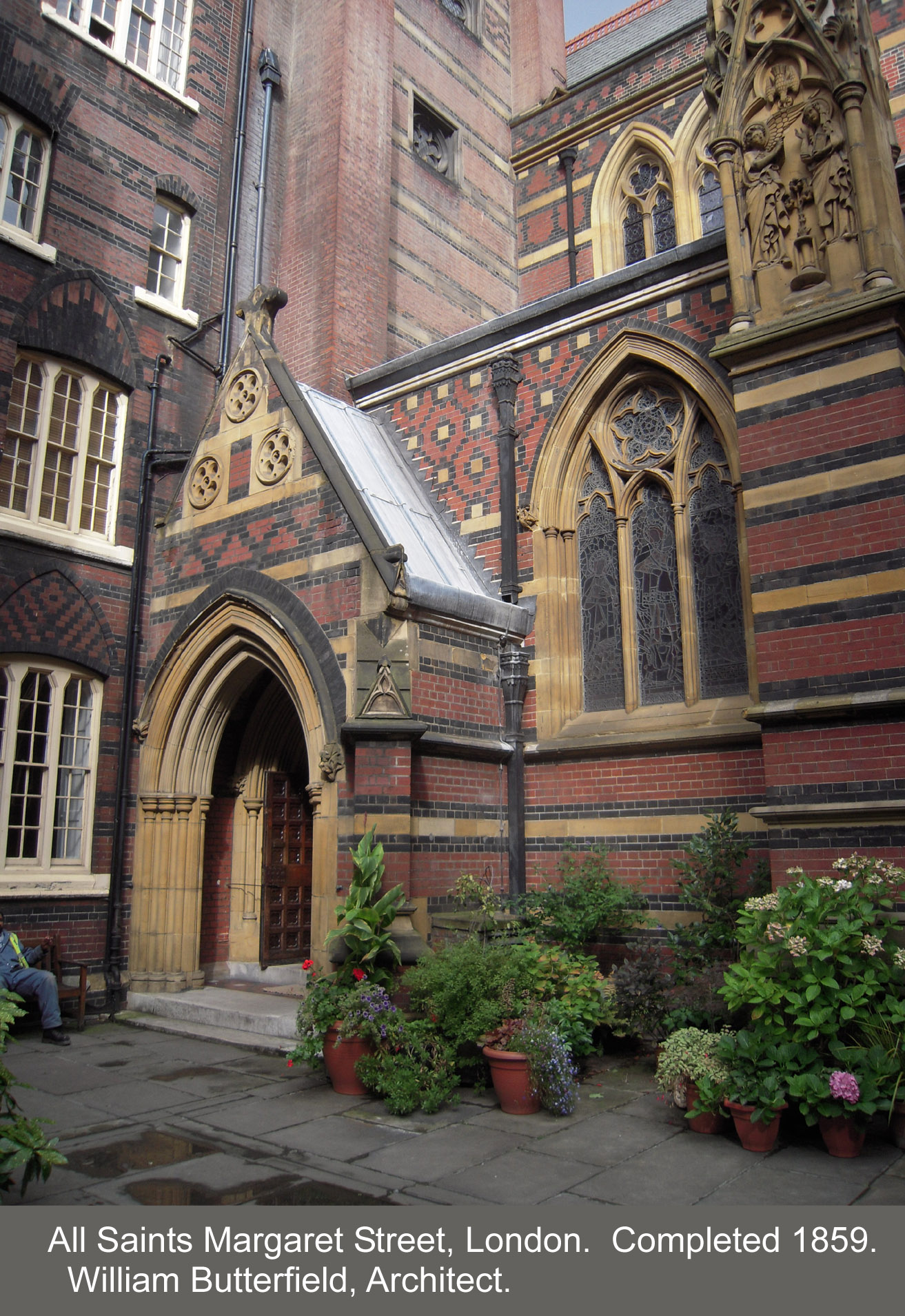
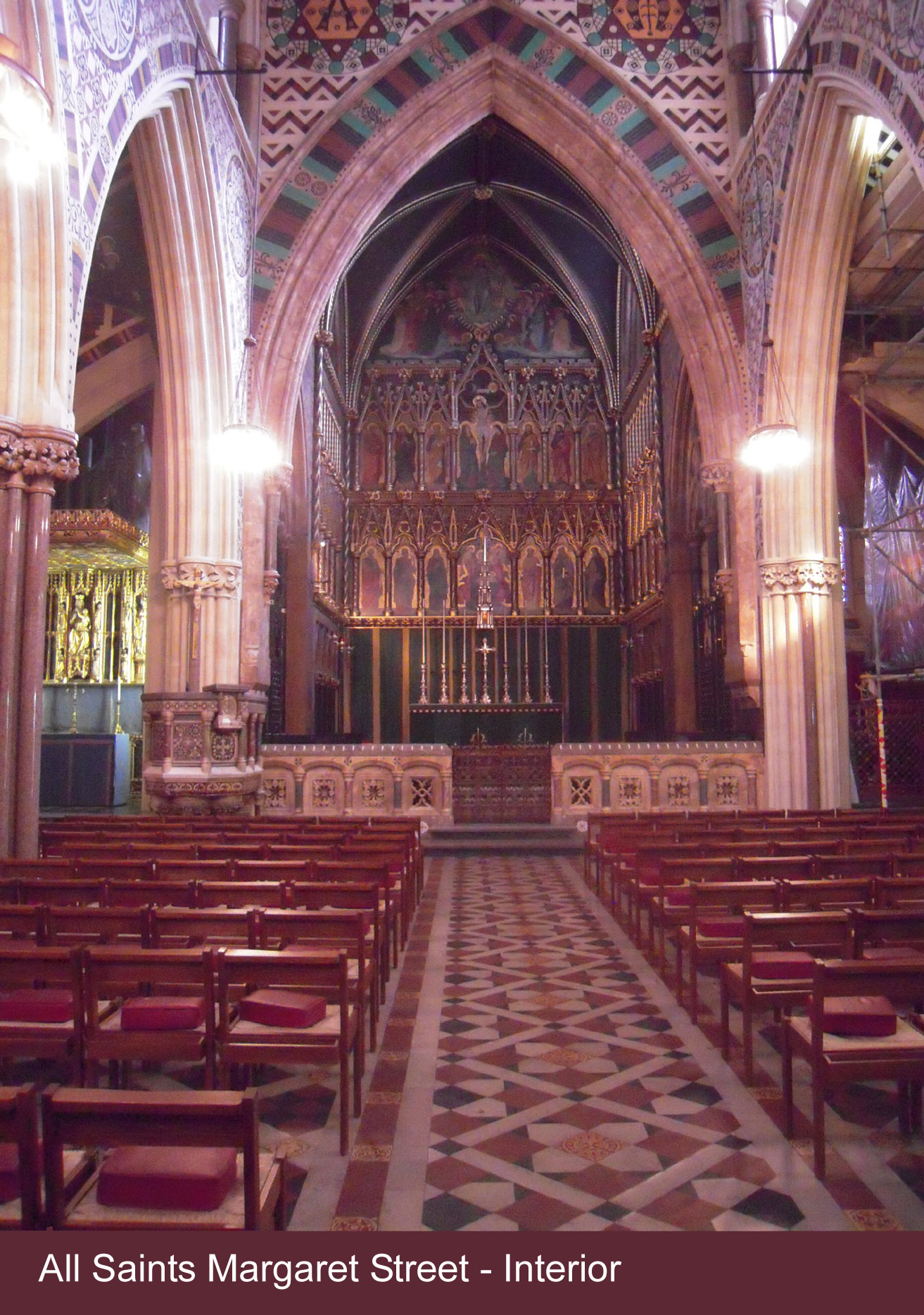
All Saints Margaret Street, London, UK All Saints Margaret Street-Interior St.Michael's Cornhill, London
Vienna Rathaus (City Hall) Albert Memorial, London St.Pancras Midland Hotel
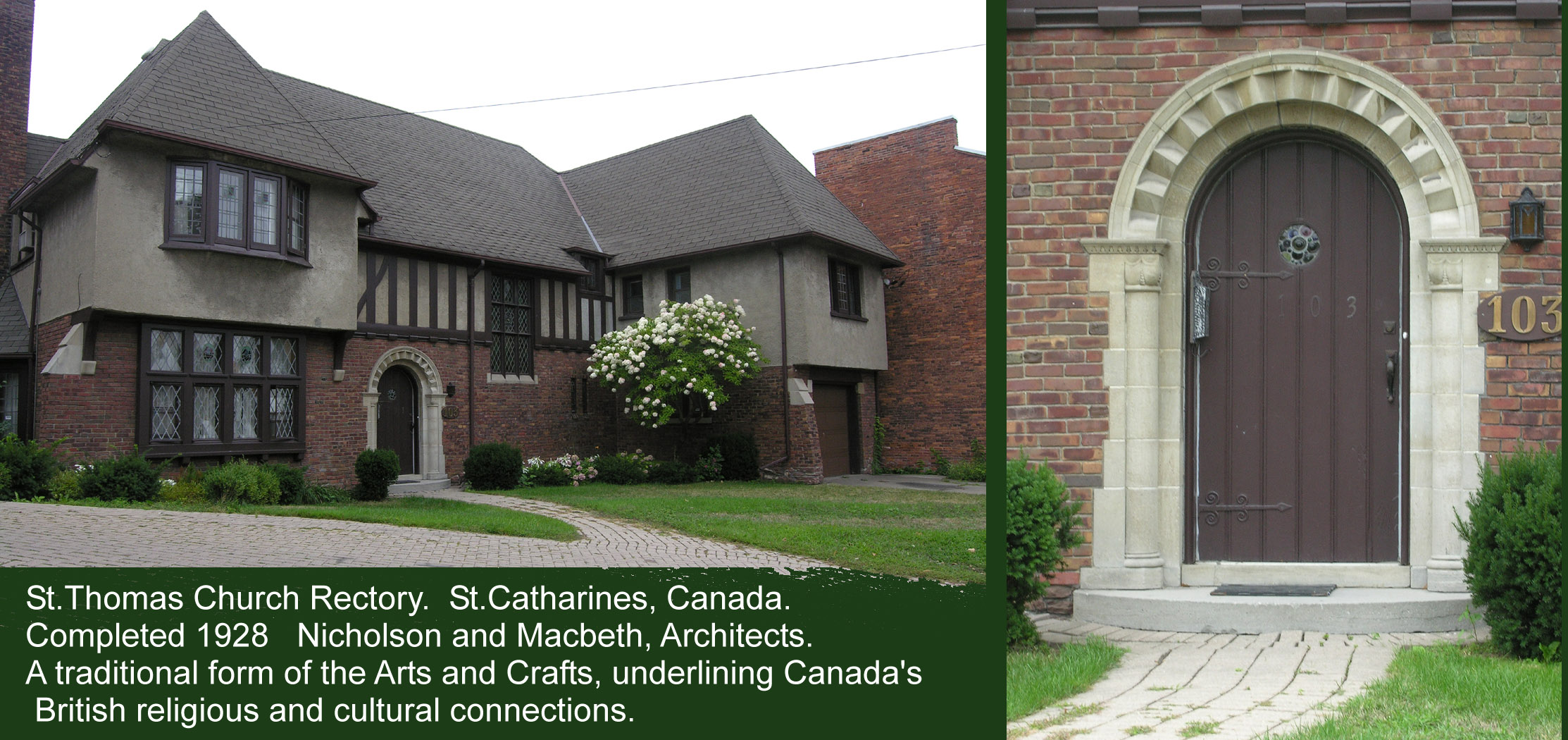
St.Thomas Church, Rectory. St.Catharines, Canada The Fisher Building, Chicago, 1896/1907
Modernist Tower Block, Coventry, UK Buildings from the 1927 Deutcher Werbund Exhibition, Stuttgart, Germany
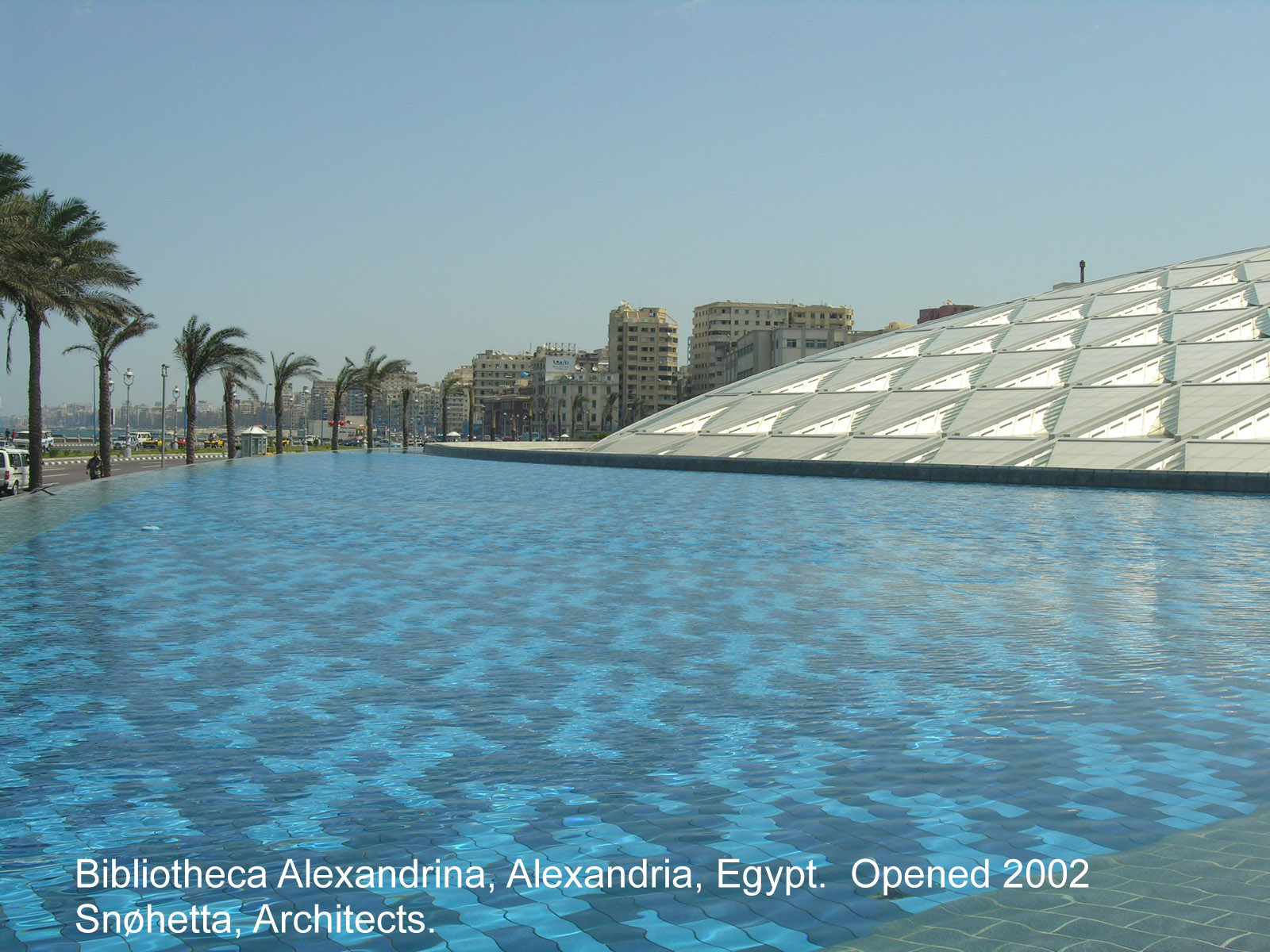
Post WW2 British prefabricated metal house (how functional can you get?) vs Bibliotheca Alexandrina, Alexandria, Egypt (not a metal box)
Chapter 6: The Development of Scientific Approaches - The beginnings in Psychology
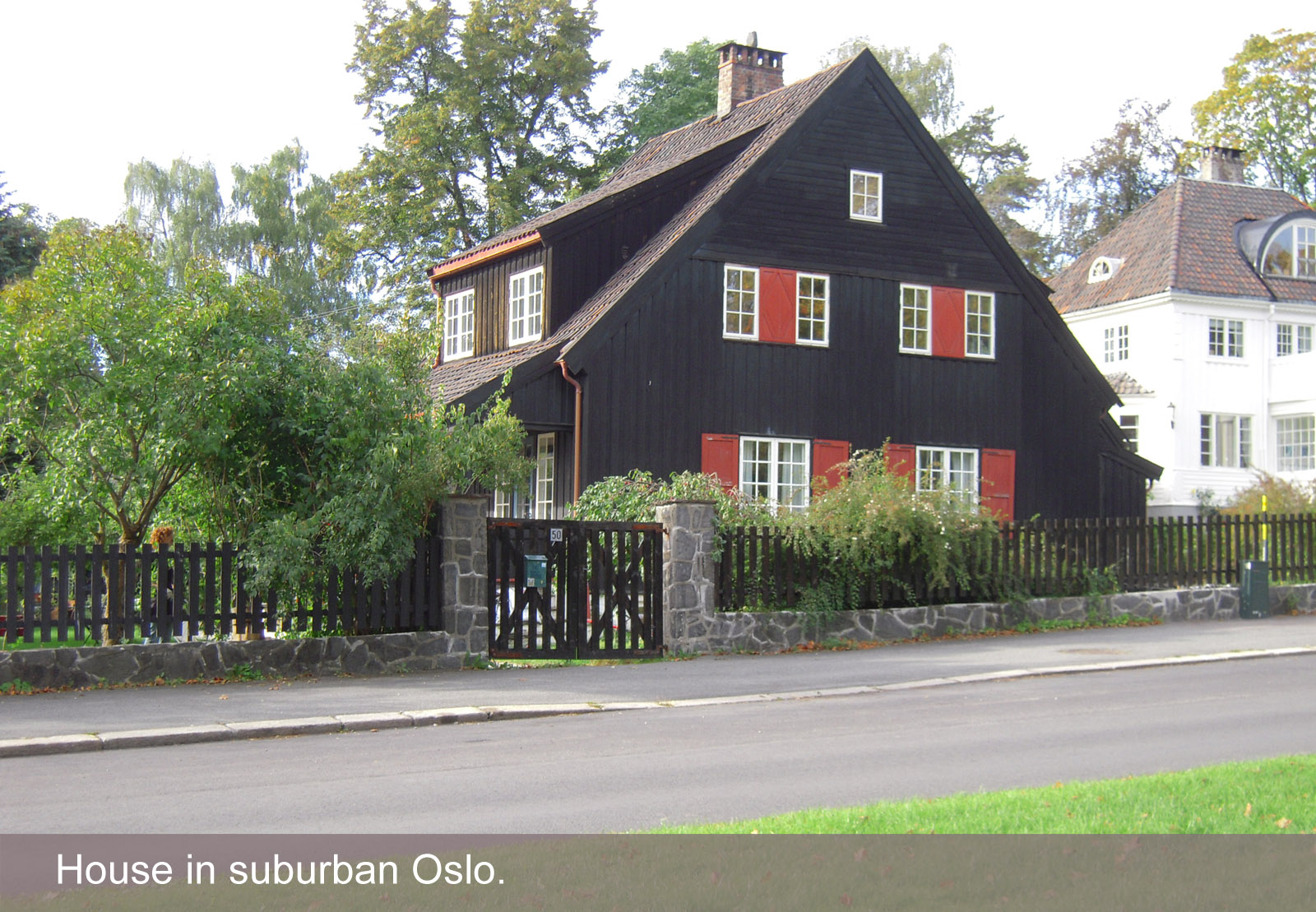
Pleasant house in Oslo. What aspects of this building make it so appealing to many/most people?
Chapter 7: The contributions of neuroscience

The Henry Taylor House, St.Catharines, Canada. c.1923, Nicholson & Macbeth, Architects
Chapter 8: Understanding People - Four Exploratory Experiments
Images for Experiment I: Considering Ordinary HousesI
Selection of images of house types used in Experiment I
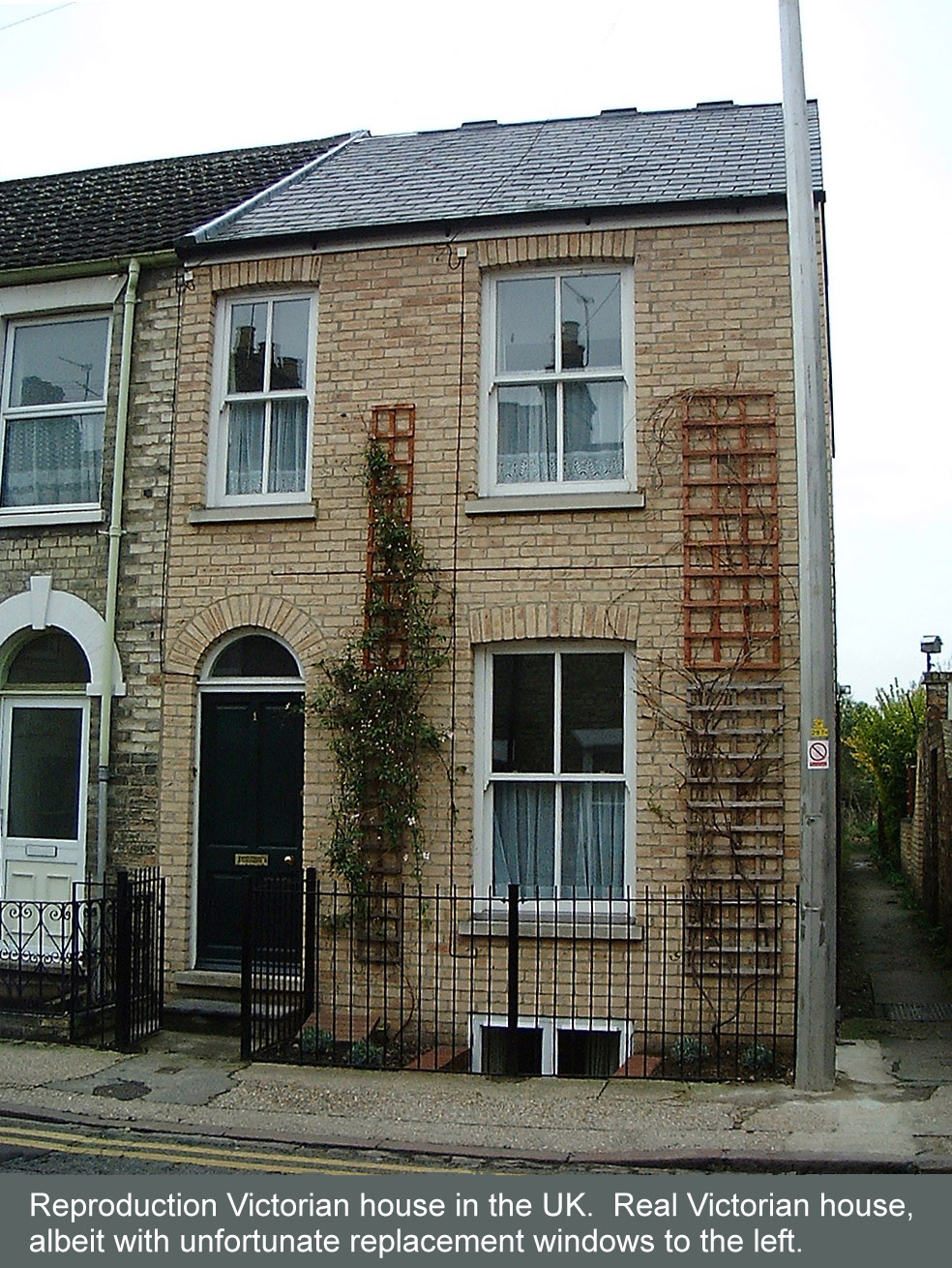
Images for Experiment II: Changing Perceptions - Window ReplacementsI
Experiment III - The cues - What are people actually looking at? What can we learn from suburban office preferences?
Experiment IV: Looking at buildings
Chapter 9: Assessments and Evaluations - Preferences and familiarity

Chapter 10: Recognition and legibility
St.Paul's Cathedral, London, and San Carlo alle Quattro Fontane, Rome - Enduring esteem
Chapter 11: Construction our preferences - Some inherent design factors
St.John's College, Cambridge St.Peter's Basilica, Rome Vienna State Opera
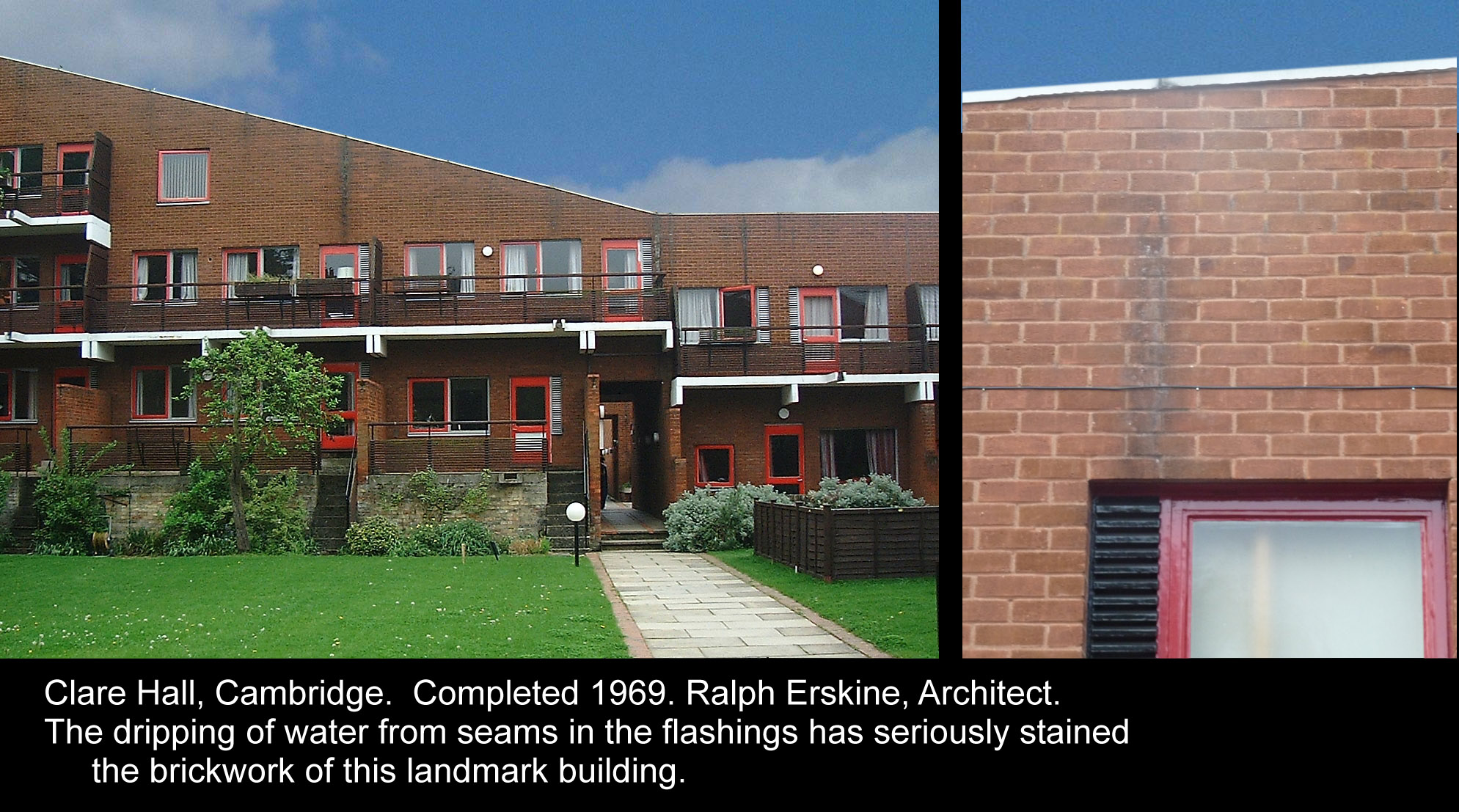
Clare Hall, Cambridge. 1969. Ralph Erskine, Architect
Naturalistic ornamentation, Jeronimos Monastery, Lisbon
Chapter 12: Personal Factors - Looking further into design
Maitland Robinson Library, Downing College, Cambridge
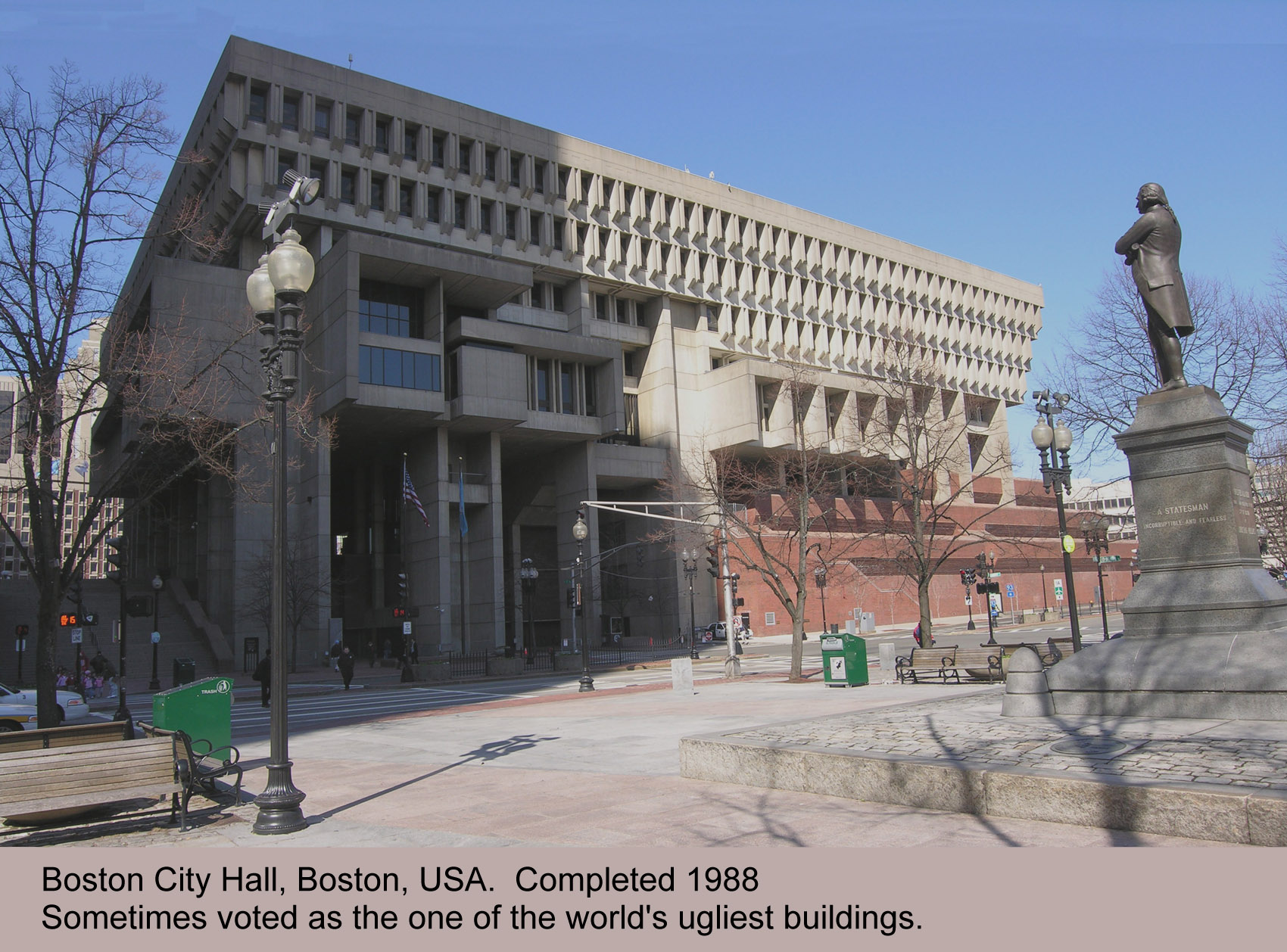
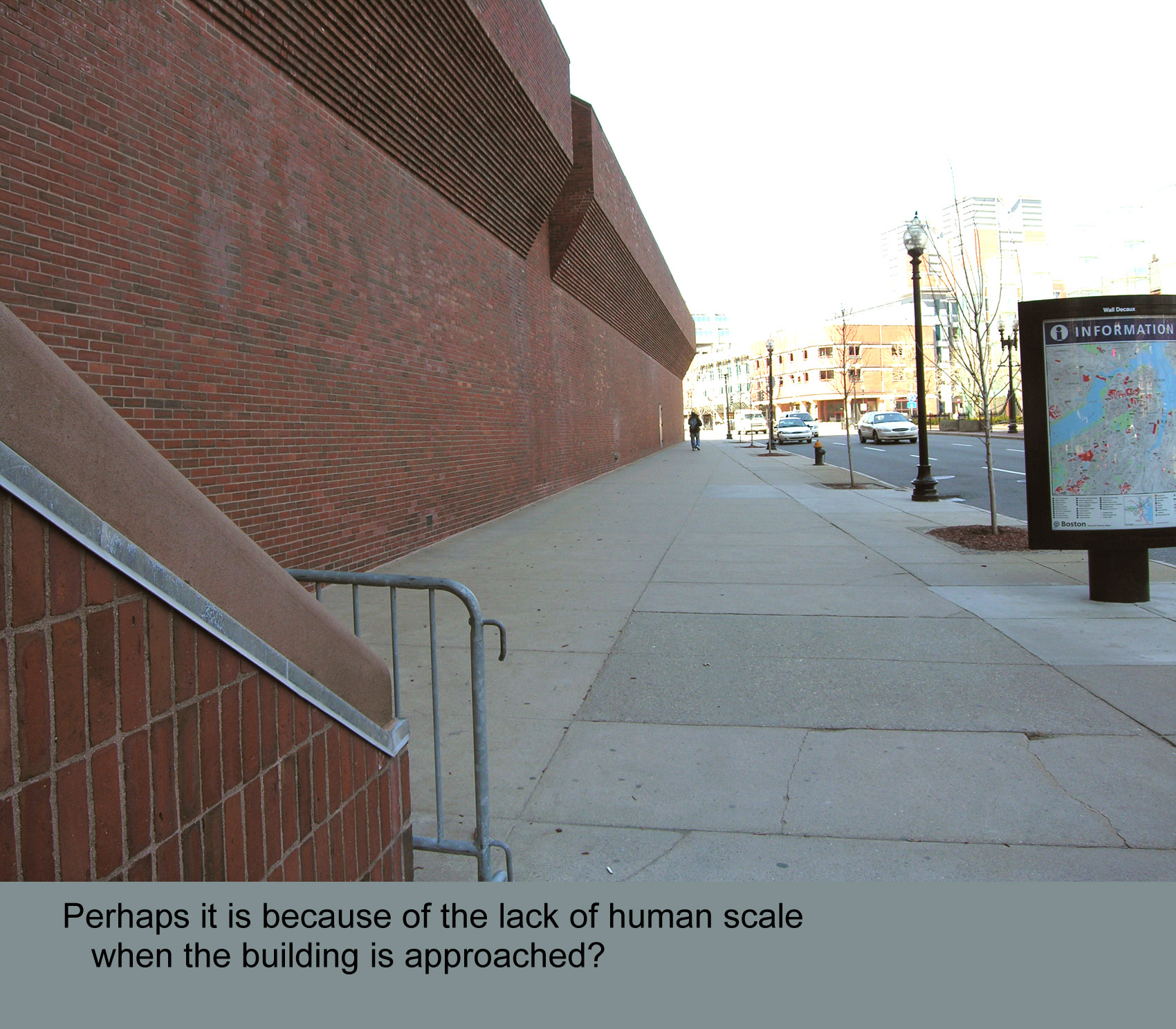
Boston City Hall. What do you think? Many buildings have non-human scale
Chapter 13: Unity/Coherence/Balance/Order/Elegance/Harmony
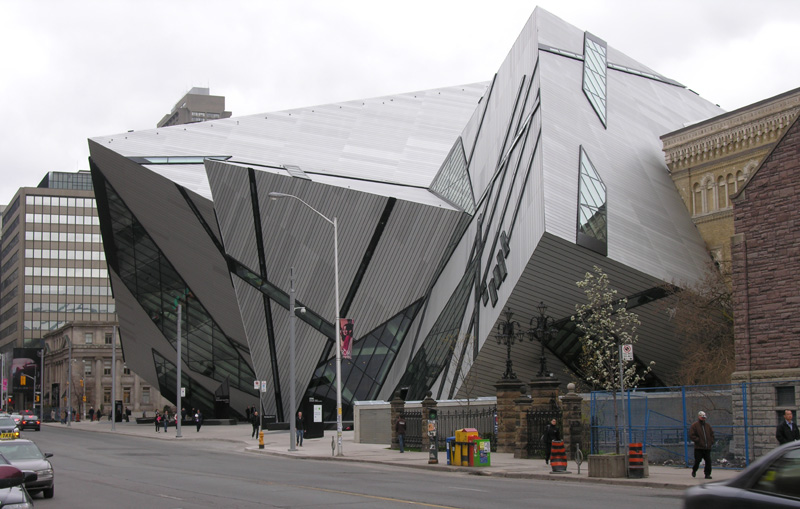
Royal Ontario Museum, Toronto, Canada, Completed 2007. Daniel Libeskind, Architect.
Spectacular from a distance, but how is the pedestrian supposed to react? Does the streetscape
relate to the overall form?
Riddarhuset (House of Nobility). Stockholm. Completed 1660 Suburban house with conflicting elements.
Simon and Jean de al Vallee, architects. Experimentally, the
author has found this ranked as a most elegant building.
Chapter 14: Architecture Does Not Stand Alone - Context
Hotel Elisabeth, Mechelen, Belgium
Pena Palace, Sintra Portugal Kunsthaus Wein (Vienna Art House) Programme notes can be important
The Robie House, Chicago.
Chapter 15: Details, Forms and Colours
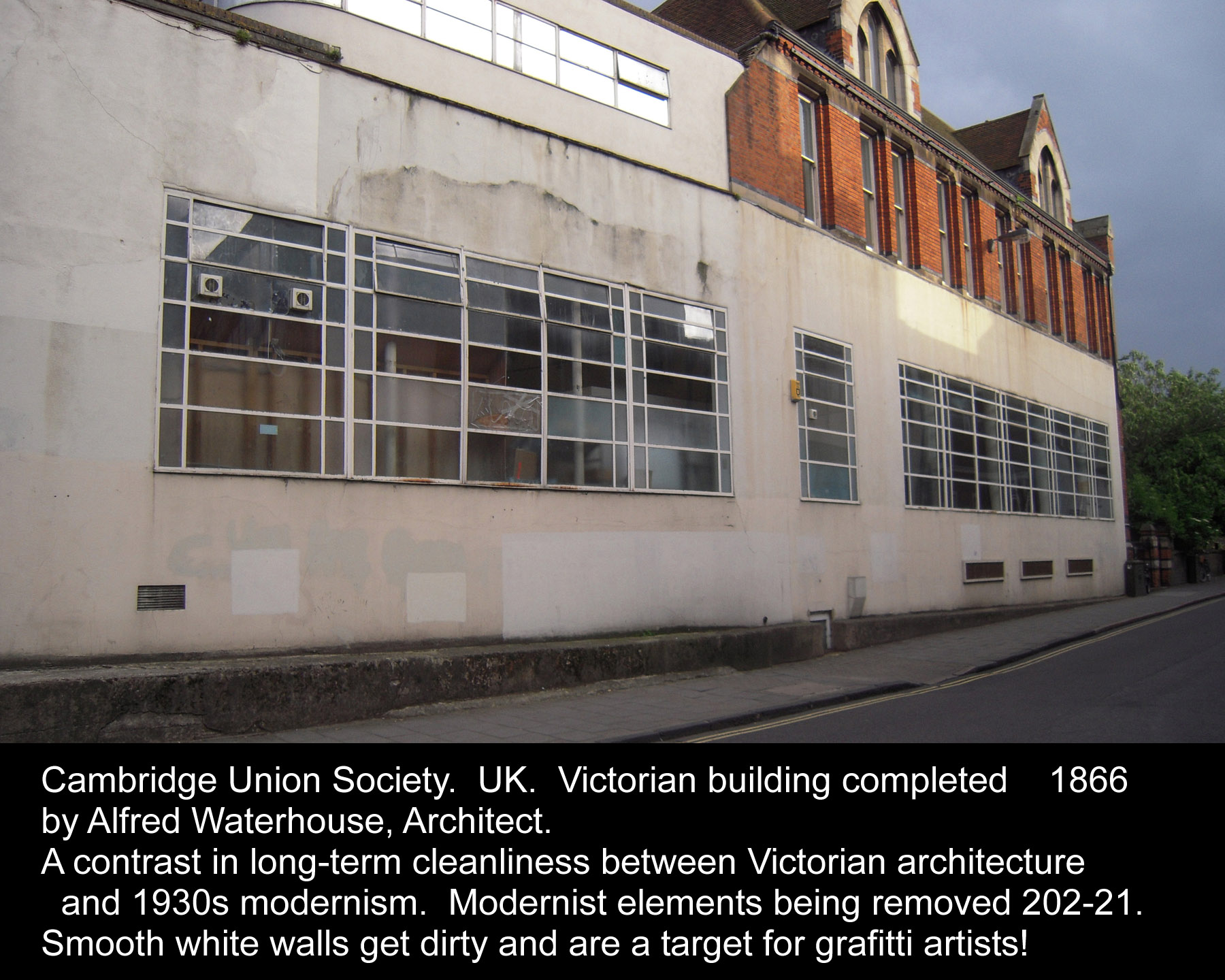
One moral of the story
- don't design a building that will get dirty
Chapter 16: If it isn't beautiful, what is it? And why?
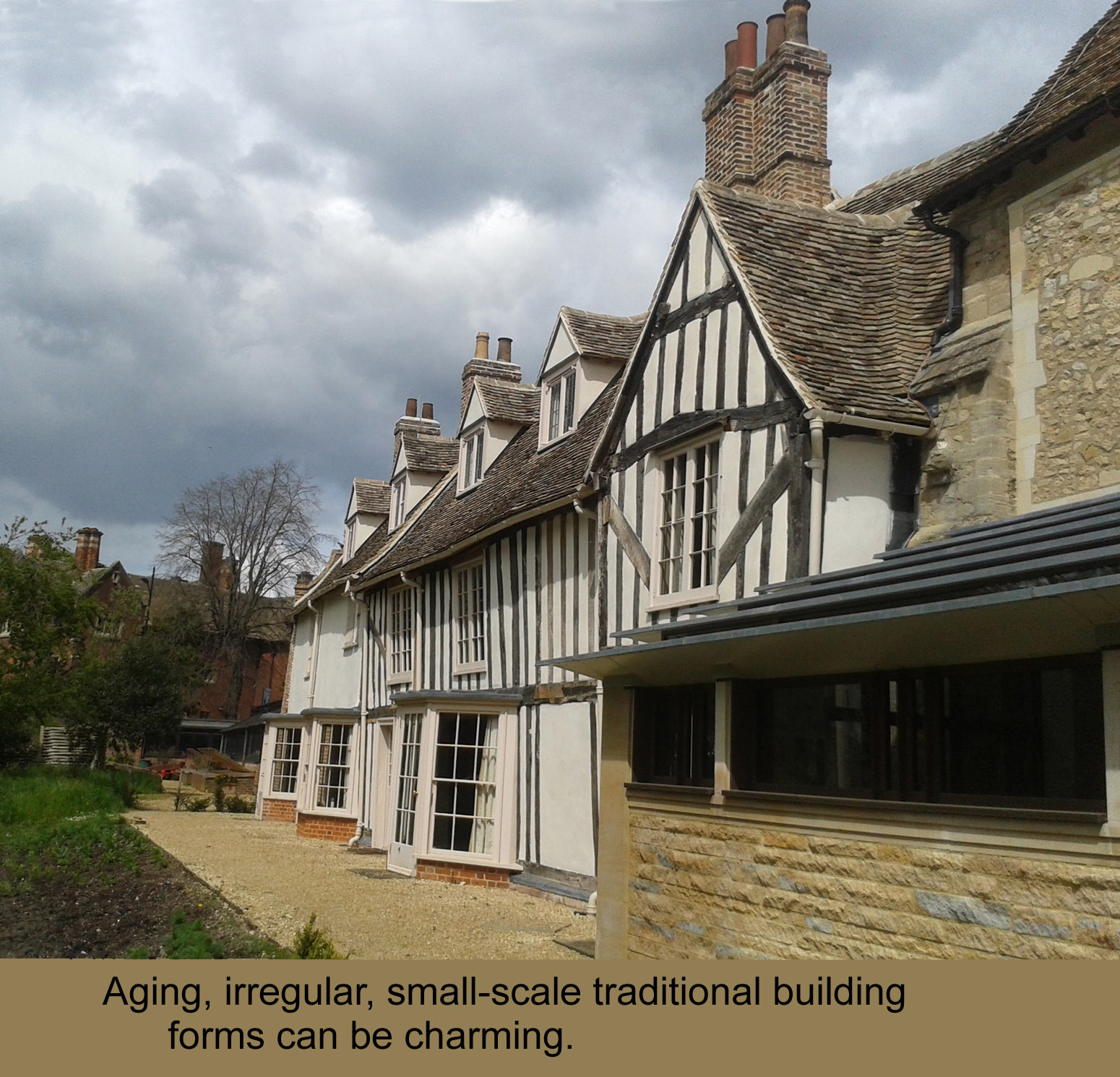
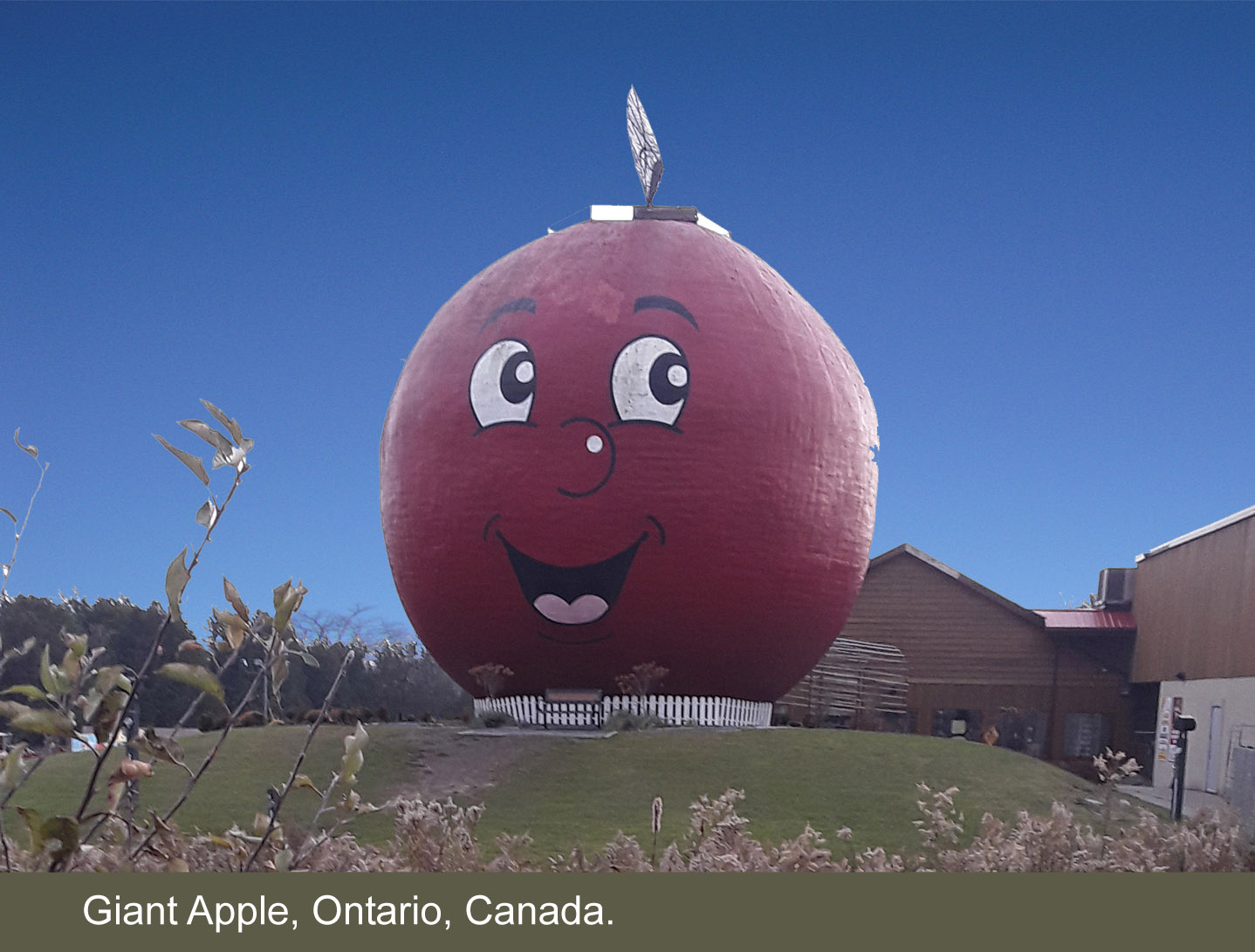
Romantic Charming Bizarre
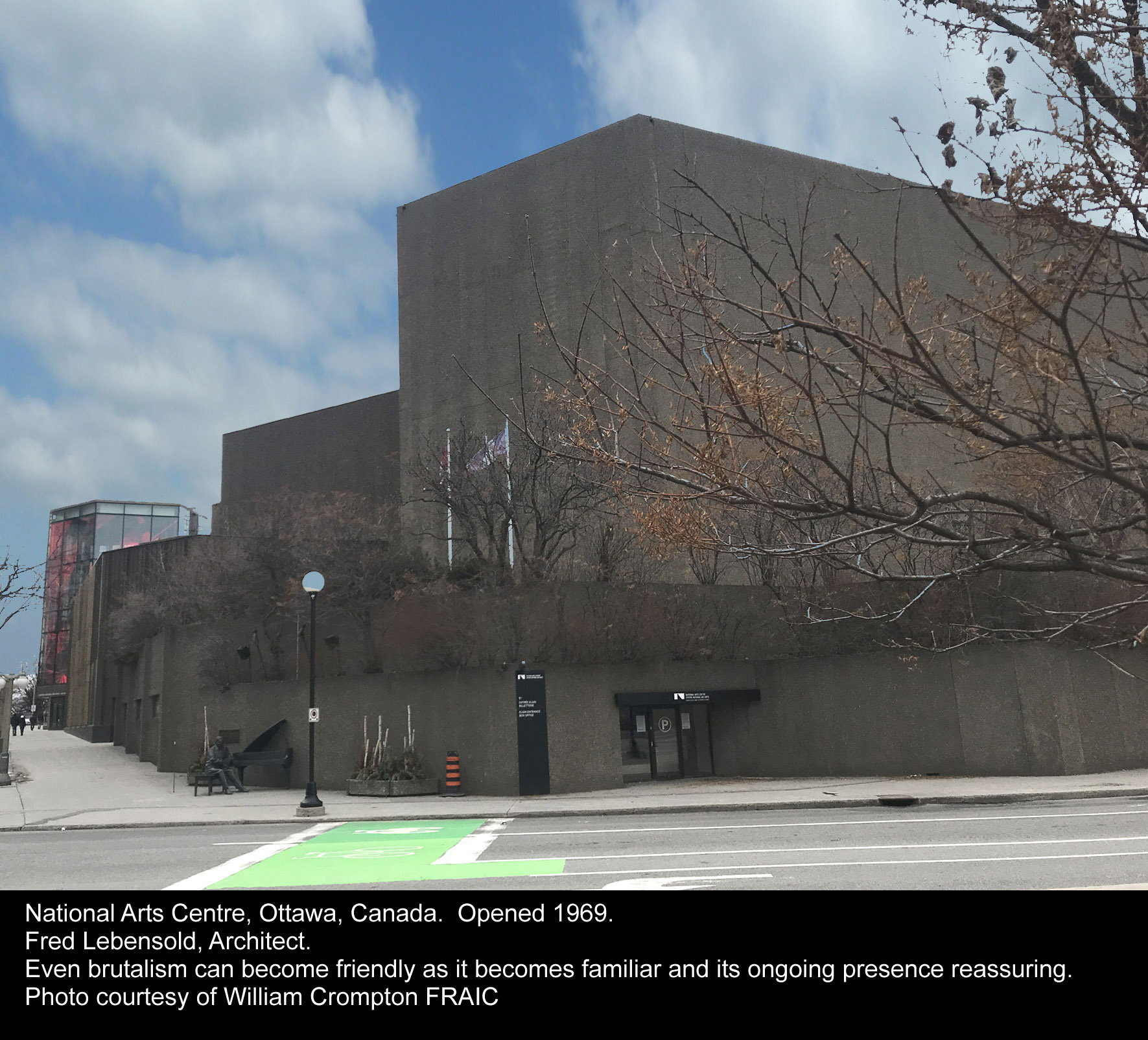
Comforting / Reassuring / Just Familiar ...or perhaps we have been told to like it?
Chapter 17: Why are there superstar architects? What can we learn from them?
Chapter 18: Glimpses of Delight - Pulling things together.
